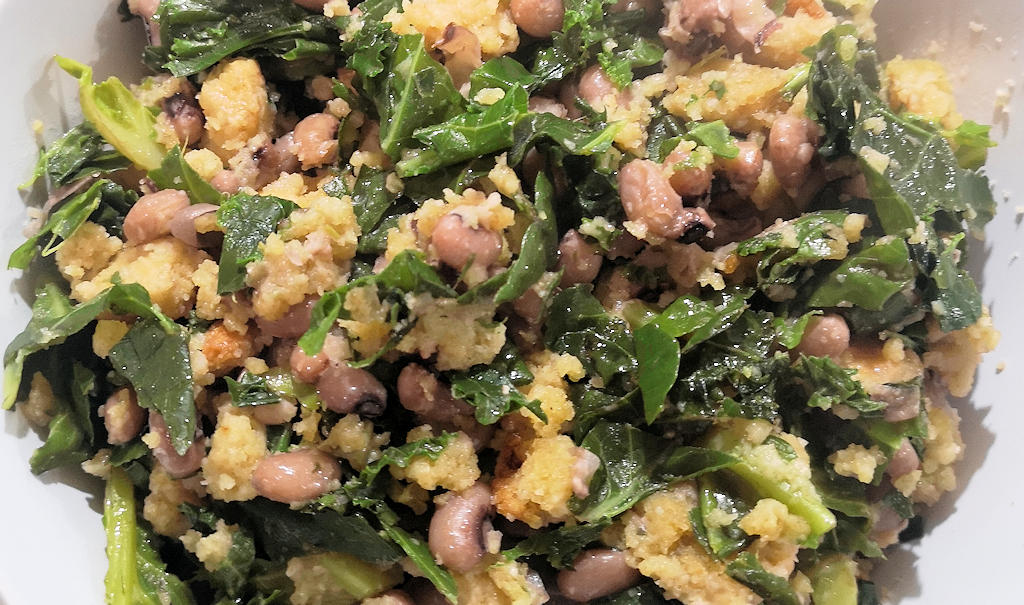Beyond its culinary significance, Migas reflects the influence of various cultures that have left an indelible mark on Portugal. Throughout the centuries, the Romans, Moors, and Jews have all contributed to the country's cultural tapestry. Migas serves as a flavorful fusion of these influences, showcasing the adaptability of the dish to different regions, seasons, and preferences. With variations such as wheat or corn bread, and the addition of ingredients like potatoes, beans, rice, asparagus, tomatoes, or coriander, Migas embodies the diversity and vibrancy that define Portuguese cuisine.
While Migas can be enjoyed throughout Portugal, it holds a special place in the hearts and palates of the Alentejo region, located in the southern part of the country. Alentejo is renowned for its picturesque landscapes, characterized by vast plains, cork forests, olive groves, vineyards, and sheep farms. This region also boasts a rich gastronomy, rooted in local products such as bread, cheese, wine, olive oil, pork, lamb, and game. Migas shines as one of the most emblematic dishes in Alentejo cuisine, showcasing the quality and variety of these locally sourced ingredients.
Lisbon.vip Recommends
Migas not only nourishes the body but also touches the soul. For many Portuguese individuals, especially those living abroad or with rural roots, Migas carries profound memories and emotions. It serves as a dish that bridges generations and families, often prepared for special occasions or festive gatherings. The act of making Migas is an expression of love and care, symbolizing the cherished moments shared around the table. Migas, in all its simplicity, is far more than just crumbs—it encapsulates the essence of Portuguese culture, connecting people through a shared culinary heritage.
For travelers visiting Lisbon, indulging in the flavors of Migas is an invitation to delve into Portugal's rich tapestry of traditions and taste the passion that emanates from every dish. As they savor the warm embrace of this beloved culinary treasure, they become part of a centuries-old narrative, intimately tied to the land, the people, and the vibrant spirit of Portugal.



